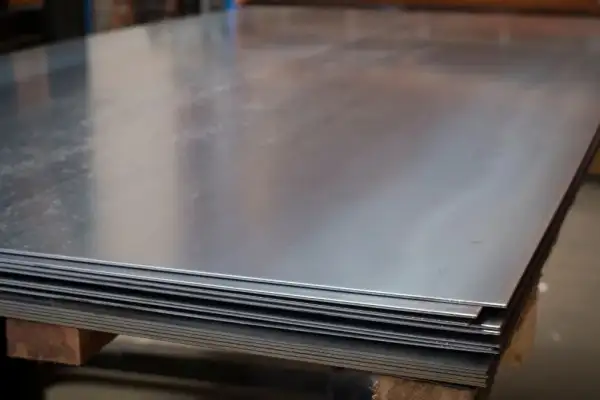Spiral steel pipe, or SSAW steel pipe, is a type of welded steel pipe manufactured from strip steel coils. It is formed at a regular temperature and welded using an automatic double-wire, double-sided submerged arc welding process. SSAW pipes are primarily utilized in various industries, including water supply engineering, oil and gas, chemicals, electric power, agricultural irrigation, and urban construction. This article focuses on methods for cleaning spiral steel pipes.
Cleaning Methods for Spiral Steel Pipes
- Surface Cleaning:
To prepare large-diameter spiral steel pipes, solvents and emulsions can be used to remove dust, cleaners, and similar organic contaminants. However, it is crucial to address rust, scale, and welding debris promptly, as surface cleaning serves merely as an auxiliary measure in the anti-corrosion process.
- Derusting:
Begin by cleaning the steel surface with appropriate materials to eliminate loose rust and impurities. Hand tools can achieve a derusting level of Sa2, while powered tools can reach Sa3. If the steel has heavy oxide scales, derusting may be less effective, and it might not meet the anchor pattern height required for anti-corrosion standards.
- Acid Treatment:
Chemical and electrolytic methods can be employed for cleaning large-diameter spiral steel pipes. Chemical treatment is particularly effective for removing scale, rust, and old coatings, often used in conjunction with sandblasting and derusting. While chemical cleaning can enhance surface cleanliness and roughness, it typically produces a shallow anchor pattern and may have environmental implications.
Precautions for Cleaning Spiral Steel Pipes
- Ensure that cleaning agents do not contain granular abrasives to prevent scratching or damaging the surface.
- Clean in the direction of the hairline to maintain surface integrity.
- After cleaning with detergent, rinse thoroughly with water and dry with a clean cloth.



 English
English Español
Español Français
Français بالعربية
بالعربية




















